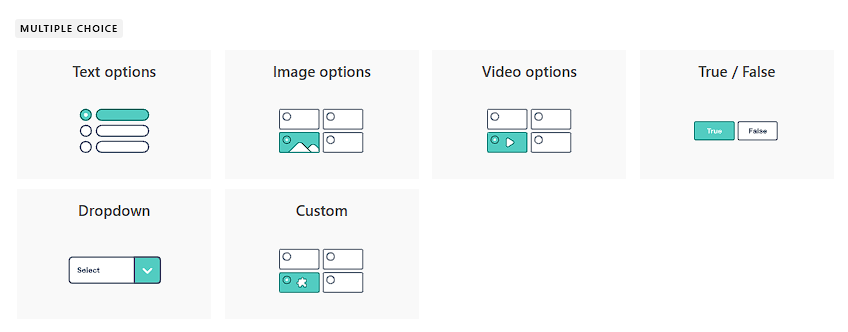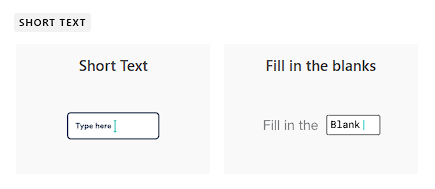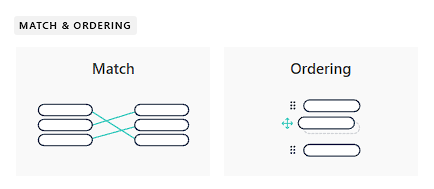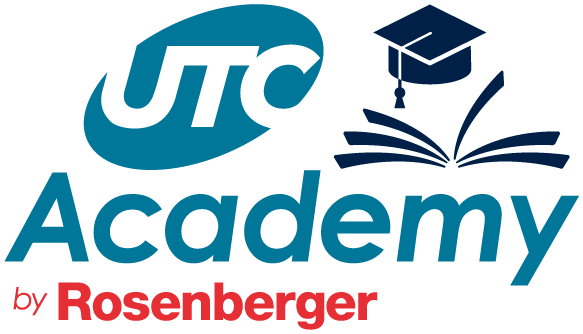Maximize Engagement with Learning Activities
To ensure that learners engage deeply with course material, practice activities are essential in any eLearning course. These activities allow students to test their understanding, reinforce their learning, and track their progress. Here’s how you can integrate and design these activities effectively.
Apr 9
/
Academy Team
back to Blog
Integrating Practice Activities
Effective integration of practice activities into your course ensures that students can reinforce and apply what they've learned at key points. Here are some best practices for integrating activities:
- Include One Practice Activity per Section: Each course section should feature at least one practice activity, such as a quiz, knowledge check, or reflection exercise. These activities allow students to actively engage with the content and assess their understanding before moving on to new topics.
- Align Activities with Course Content and Learning Objectives: Each practice activity should be directly linked to the learning objectives of the section. This ensures that students are reinforcing the material that matters most for their learning journey.
- Clarify Relevance: Explain why each activity is relevant to the topic and course goals. Understanding the purpose of each exercise helps learners stay motivated and focused.
Designing Effective Practice Activities
To make practice activities more impactful, it's essential to design them in a way that promotes engagement and reinforces learning. Here are some tips for creating effective activities:
Summarize Key Takeaways
After each section, provide a quick summary of the main points, either with slides, reference sheets, or brief text. This will help students retain the material before moving on to the practice activity.
Use Quizzes and Knowledge Checks
Quizzes are a great tool to test comprehension and provide instant feedback. Use a mix of question types such as multiple choice, true/false, and short-answer questions to check understanding and assess the depth of knowledge.
Incorporate Self-Assessment Exercises
Encourage learners to reflect on their progress by using self-assessment tools. These exercises can help students identify areas where they need improvement and track their growth over time.
Encourage Problem-Solving with Challenge Questions
Use challenge questions to prompt learners to think critically and apply their knowledge to solve hypothetical scenarios. This helps deepen their understanding and test their ability to apply concepts in realistic situations.
We Support the Following Question Types for Quizzes and Knowledge Checks



Who we are
Utilities Technology Council
2550 South Clark Street
Suite 960, Arlington, VA 22202
Policy Pages
Connect with us
Subscribe to get our latest news
Thank you!
Copyright © 2025
Subscriptions Not Available Yet
We're still building up our content – and it's going to be worth the wait!
Subscriptions aren’t open just yet, but you can leave your email address below and we’ll notify you as soon as they become available.
Thank you!
